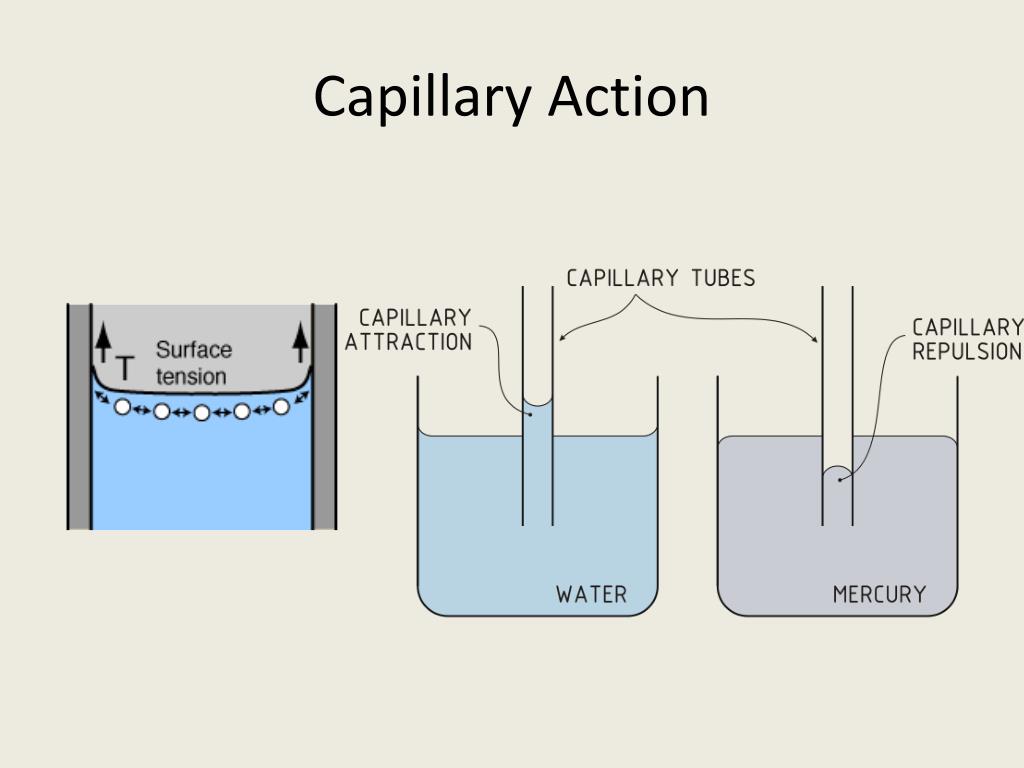
That is a decent sized room that could become saturated in 24 hours from a drip leak (in theory, yes, as there are WAY too many other variables not accounted for, but we get the point that it is a lot of water). How much slab is that? I will save you the math, at four inches thick = 144 square feet. Cooledge, 10th grade Chemistry):Ĥ0 gallons (8.34 lbs water/1 gallon)(1 cubic foot of concrete/7 lbs) = 47.7 CF concrete So now we want to know how many cubic feet of concrete would be required to hold 40 gallons (make sure the units cancel out, thanks Mrs. Remember our leak above with a rate of 40 gallons of water per day? One gallon of water weighs approximate 8.34 pounds.

THOSE ARE LOTS OF TUNNELS FOR WATER TO TRAVEL THROUGH.Īccording to Straube (1), a cubic foot of concrete could hold up to seven pounds of water. Since we are discussing capillary action here, we are concerned with the little inter-connecting tunnels with exits/entrances at the surface, large enough for water molecules to travel through - these are the tunnels that allow the concrete to be permeable (for more explanation and pictures see #1 Works Cited, reference ).ĬONCRETE UNDER A MICROSCOPE ( #2 WORKS CITED). When it cures, there are pores throughout the concrete - little spaces between all the sand, rock and cement. Think of Swiss cheese or a cave system, though some are dead-end caverns, and others are just little spaces with no way in or out. Cement is an ingredient in concrete - you don't call CAKE flour, do you? (Took me several years to get my wife to stop saying cement, but it was brief as she now does it to see if I react, which I do, but only like, half the time.)īack to concrete, bunch of stuff mixed together and then is placed in a form or directly on the ground, and hopefully not around your feet on a "fishing trip". Those trucks are concrete mixers, not cement mixers. I set the shower to drip about one drop per second, and checked it about every half hour.Ĭoncrete is a mixture of sand, aggregate (rocks), cement and water, and some more minor ingredients modern concrete engineers add to the mix depending on what properties they are looking for. Just an outdoor shower, an old bucket, and a sloped slab of concrete is all I needed for this one.

But this engineer also loves pictures, and experiments, especially simple ones. This is how water is transported up to the tops of trees that are hundreds of feet tall, pretty fascinating stuff.Įngineers like drawings, it is our main means of communication, even at home I leave passive aggressive details showing my children how their chores should be executed properly and to my specifications (I don't have kids and my cats can't read a detail to save their lives. The smaller the capillaries, the higher the water can go, defying gravity, or in proper physics terminology, out-muscling gravity.

It goes through the concrete, which is both porous and permeable (I recently learned the difference, check the link at the end of this), and due to some very interesting chemistry that involves polarized water molecules, it can be transported UP HILL (both ways, in the middle of winter, through three feet of snow I tell ya).

Since we have established your house's slab/foundation is not water or vapor PROOF, now let's talk about transportation of water. Our yard never floods, and we even have gutters with downspouts discharging several feet away from the foundation. (well there is a giant hint above)? I mean, a leak detection company has been out and they did not find any leaks under the slab in the supply lines. So back to the original point, how can moisture get from outside my house to the interior part where my floor is now swelling, decaying, moldy, etc. AND YOU MUST DO YOURSELF A FAVOR AND READ THIS ARTICLE: ALSO, SIDE NOTE - NEVER PUT A VAPOR RETARDER ON THE INTERIOR WALL IN FLORIDA. BEAUTIFUL DIAGRAM FROM BUILDING SCIENCE CORPORATION.


 0 kommentar(er)
0 kommentar(er)
